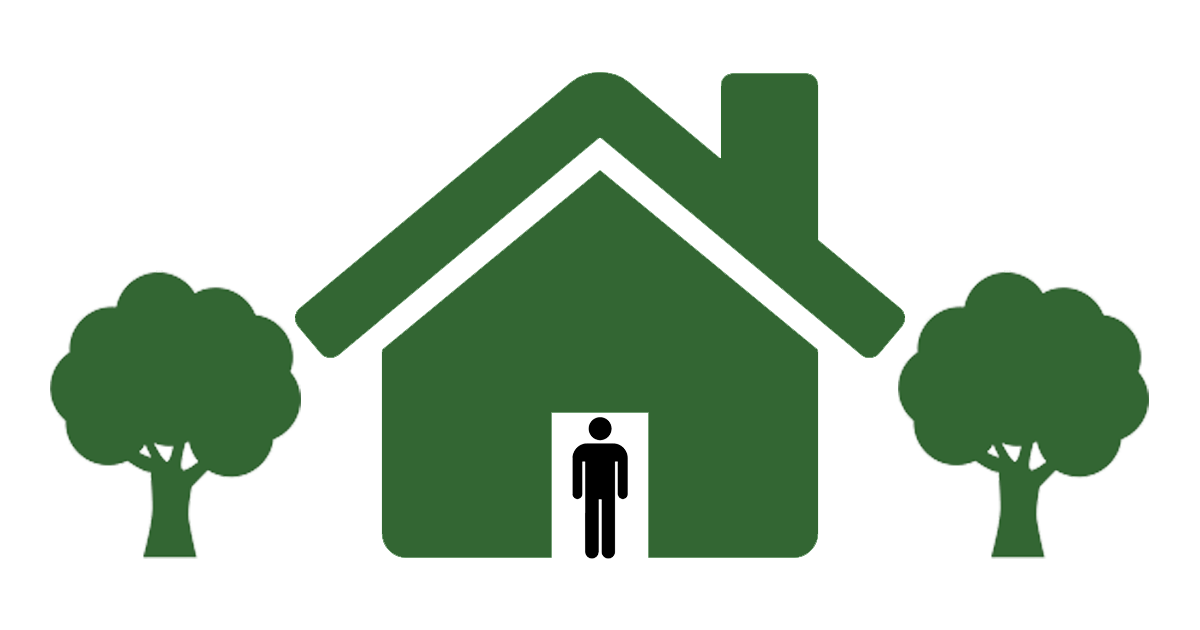I recently attended the “Doable Cities Forum” in Chicago. One of the speakers was Charles Montgomery , author of The Happy City. The book is a great guide to the research and practice of creating cities that are not only livable, but will also improve the lives of people who live there by allowing them the freedom to make the choices that will make them … happier. Livability caught up with him by phone back in his hometown of Vancouver.
Can listening to Happy make us and our cities happy?
Livability: So all we need to do is listen to Pharrell’s Happy and watch the video and we’ll all be happy, right?
Montgomery: Wrong. First of all, the problem with Pharrell Williams’ song is that it’s empirically flawed. He suggests that you can’t bring me down because I’m happy. Through my research, I’ve found that it doesn’t matter how much self help you do or prayer or inner work. Our cities can raise us up or bring us down in ways that many of us don’t notice or imagine. They change the way we move, the way we behave and the way we treat each other. The interesting thing about Pharrell’s video – the 24-hour loop – is it actually bears out my thesis. As the camera moves around Los Angeles in various urban typologies, what you see is either people dancing all alone on empty streets in what looks to be disperse urbanism – single-use auto-centric, a little bit lonely. Or you see people dancing among other people in mixed-use, vibrant, active pedestrian-friendly landscapes. So the person dancing in the dispersed environment just looks weird or crazy. Whereas in the people-friendly, fine-grained urbanism, they seem to look genuinely happy to me.
Livability: The book talks about big things that can make us happy – transportation, urban design. Can the little things make a difference? On the negative side, things like speed cameras or red light cameras. On the plus side, a great children’s library?
Montgomery: We know that there’s no more powerful indicator of human happiness than positive social relationships. Connections with family and friends are so important. The urban system does matter. Infrastructure does matter. While it’s important to focus on fine things and the intangibles, it’s impossible to ignore the system.
Livability: But can we ignore the little things?
Montgomery: No (emphatically) no, absolutely not.
Livability: You talk about how people make the wrong choices, picking places to live that actually make them less happy. How do cities themselves get it wrong and why do they still get it wrong when there is research showing them the right paths?
Montgomery: One mistake we made nearly 100 years ago, we tend to make today. It’s an import from Europe: The notion of separation. We separate every function of the city from every other function, which seemed like a really good idea during the first decades of the last century when factories were toxic and the city seemed like a dangerous place. It seemed to make sense to move your housing far from your workplace. It was so influenced by concepts of high modernism. The notion that the city should be like a factory and should look rational. Even though planners figured out decades ago that this is not a smart idea, the habits we developed have now been cemented into code, which is why 70 percent of urban areas developed in the last 30 years have been auto-dependent dispersal. Which have forced many people into areas that are less healthy, less safe and more expensive.
Livability: You mention that as places become successful, they are sometimes victims of their own success. People move there for the livability and eventually the influx of people make the cities less livable. Should we stop doing best places lists? Are we ruining it for everyone?
Montgomery: I feel conflicted about them. There are so many ways to think about happiness, for example. I don’t think the ranking of cities is ever going to stop. So go ahead and have fun. They’re fun to talk about. If you’re a policy maker and you’re interested in making your entire city happier, you need to think beyond attracting more privileged people to your favorite neighborhoods and ask yourself ‘who’s the city for?’ because if it’s not really for everyone, it’s not really happy.
